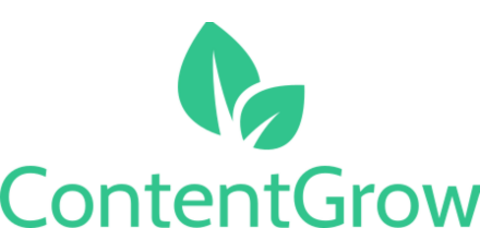Meta bets big on AI-generated ads—marketers, take note
Meta plans to automate the full ad creation pipeline by 2026—marketers need to understand the risks and rewards
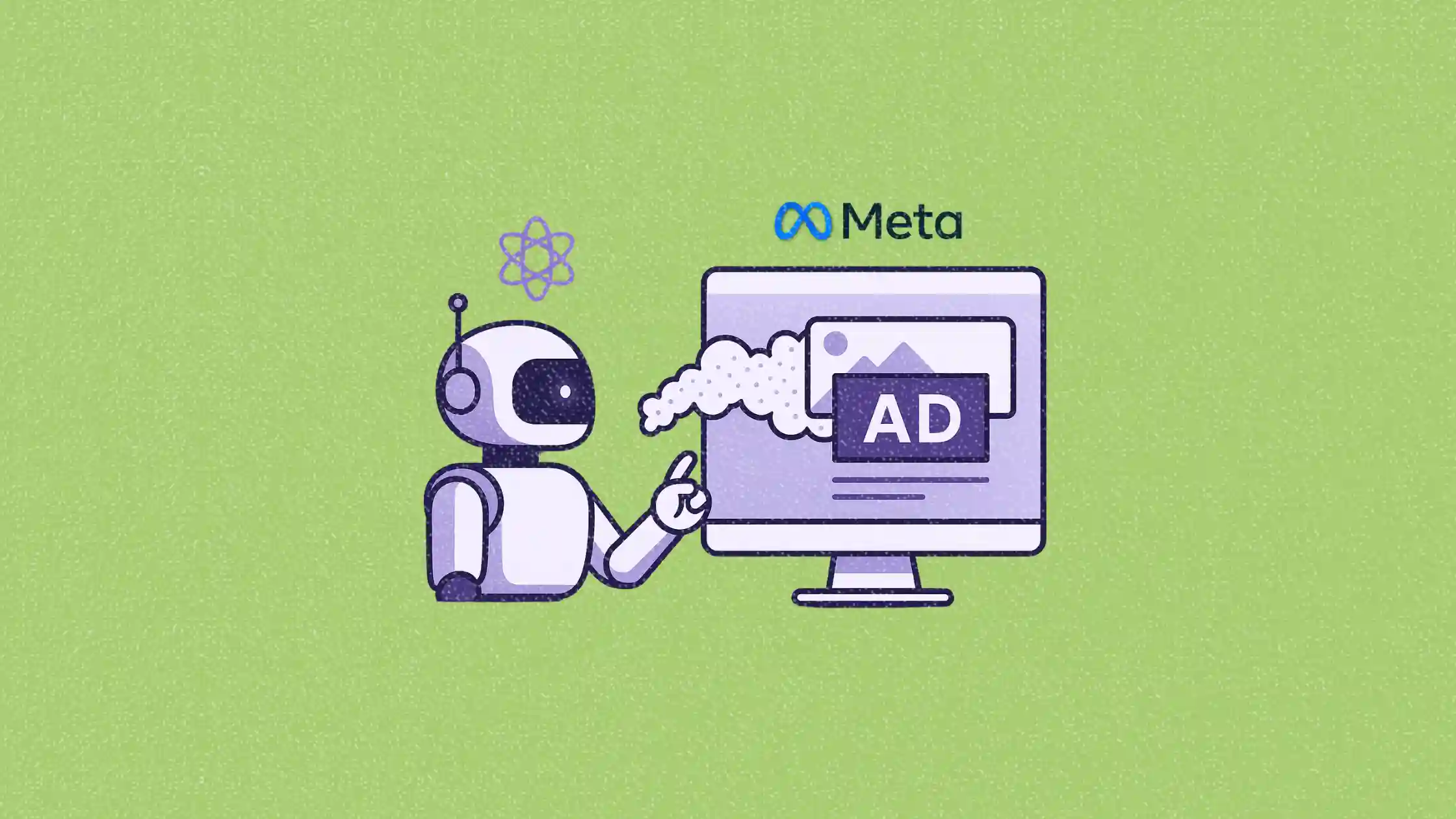
Meta is ramping up its investment in artificial intelligence, with plans to make AI the engine behind ad creation and delivery by the end of 2026.
As reported by The Wall Street Journal, the company wants brands to hand over much of the campaign work—from copywriting to targeting—to automated systems.
This article explores Meta’s push to embed AI across the advertising pipeline, how it builds on the company’s current AI tools, and what marketers should consider as this tech takes center stage.
Short on time?
Here is a table of content for quick access:
- What's happening: AI to drive the full ad funnel
- Why it matters: Meta's ad business depends on AI working
- What marketers should know
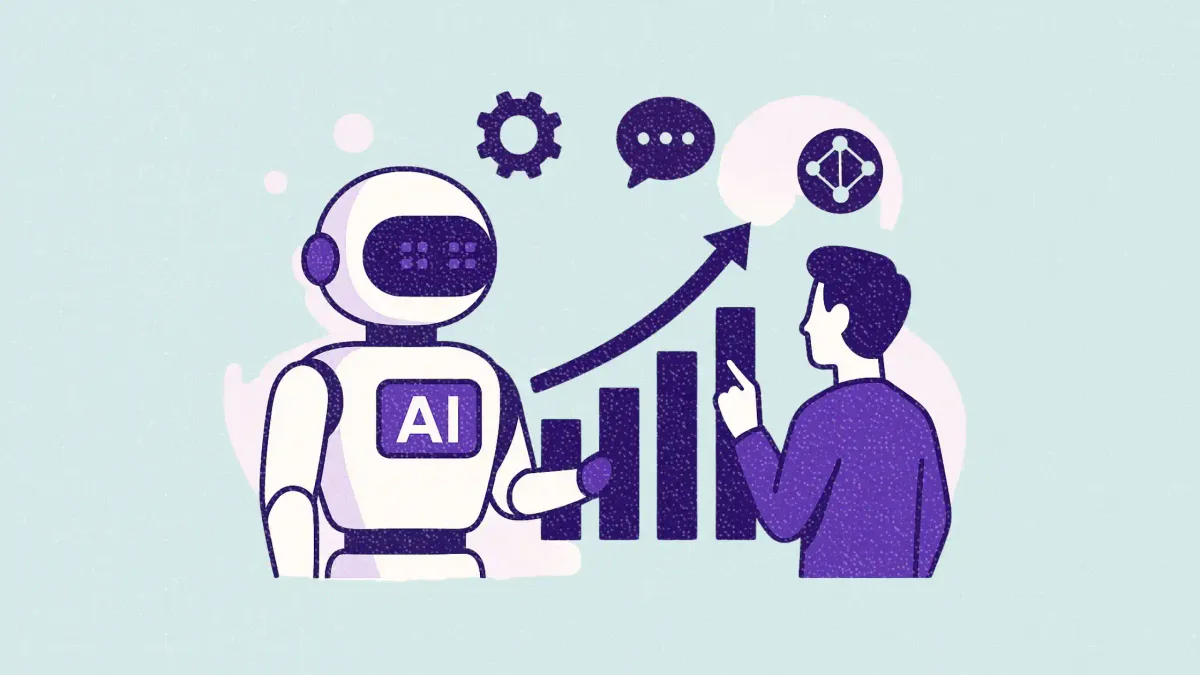
What's happening: AI to drive the full ad funnel
Meta is already dipping its toes into AI ad automation through its Advantage+ suite. These tools can tweak headlines, test multiple ad creatives, and optimize targeting using machine learning. But what’s coming next is more ambitious—and more hands-off.
According to internal plans cited by WSJ, Meta envisions a system where brands input a few key elements—like a product image, budget cap, and timeline—and the AI does the rest. That includes generating visual and text creatives, choosing between Facebook and Instagram, adjusting spend, and personalizing variations for different audience segments.
The goal is clear: radically simplify ad creation, especially for smaller businesses that lack resources or marketing teams. It’s also a bid to attract more advertisers who might find traditional campaign building too time-consuming or intimidating.
Why it matters: Meta's ad business depends on AI working
AI isn’t just a strategic experiment for Meta—it’s a revenue imperative.
The company pulled in 97% of its revenue from advertising in 2024. As competition for ad dollars grows and user acquisition costs rise, automating ad creation could help Meta scale advertiser growth, especially among small and midsize businesses (SMBs).
Founder Mark Zuckerberg has framed AI as central to Meta’s future, not just across ad tech, but also in user-facing products like Meta AI and its generative image/video tools.
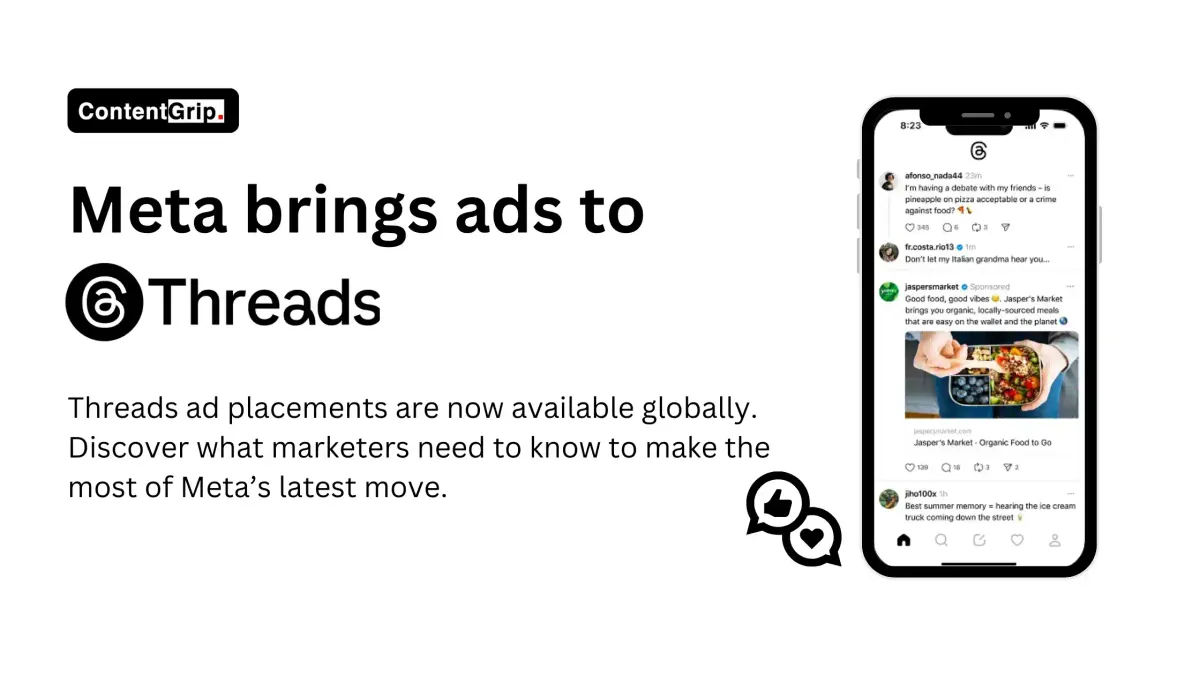
With AI-generated profiles and comment suggestions already live on some platforms, this push to rewire the ad unit is part of a larger ecosystem bet.
But the risks are equally massive. Poorly executed AI ads, creative fatigue, or a flood of low-quality campaigns could diminish user experience—or backfire on brand trust.
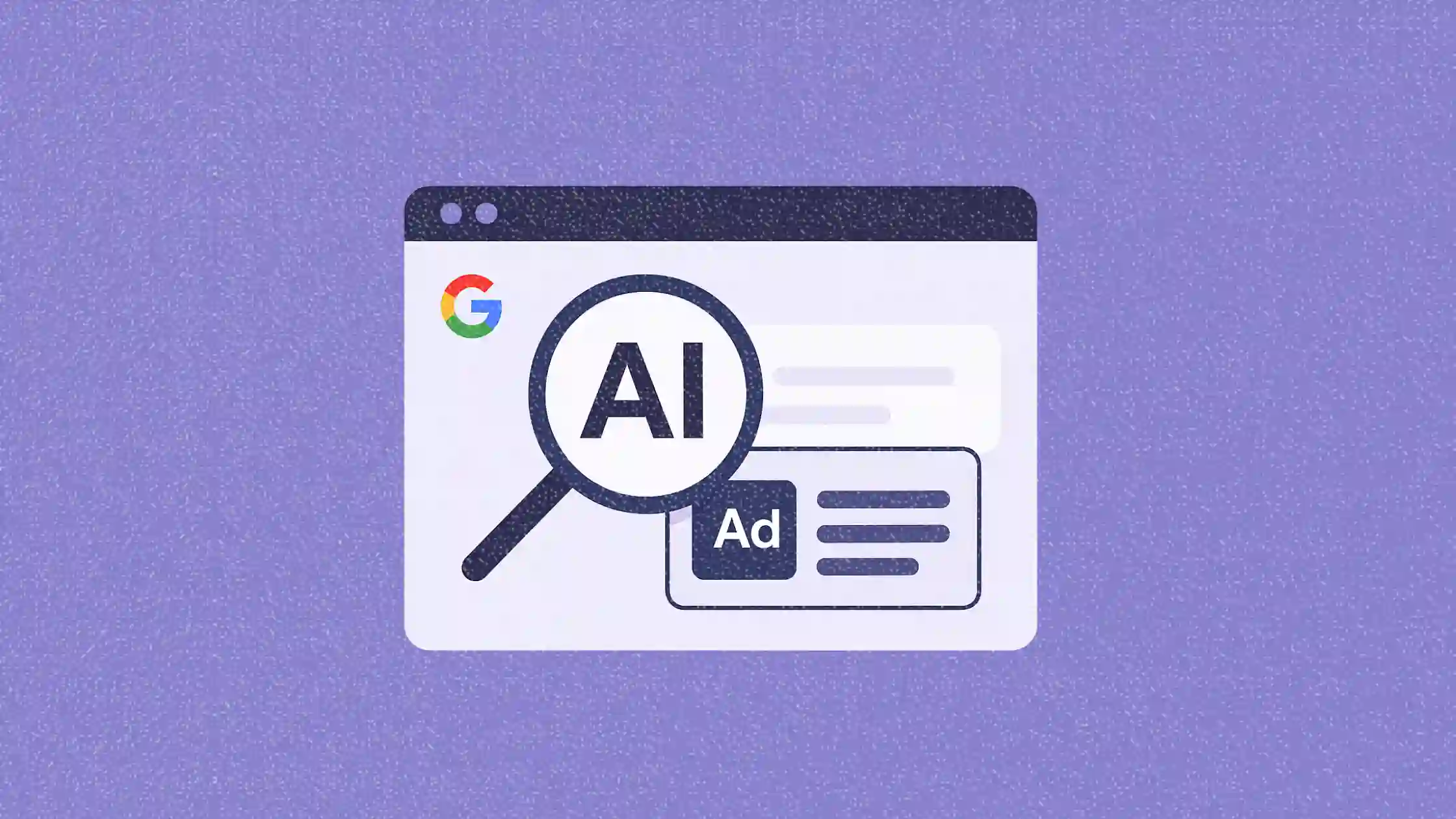
What marketers should know
This pivot isn’t just about software. It’s a philosophical shift in how ad creativity and strategy might work in the coming years. Here’s what to consider:
1. AI could help SMBs level the playing field
The core benefit of Meta’s approach is accessibility. Small brands with no in-house creative or media buying teams can launch data-informed campaigns quickly. Think of it as “plug-and-play” advertising.
But for experienced marketers, this raises the bar. The competitive edge will shift toward brand positioning, first-party data, and mastering AI inputs—not just creative execution.
2. Creative control will require new oversight
Handing campaign creation to AI sounds efficient—until the AI misinterprets the brand tone, or generates visuals that fall flat. Expect a need for human-in-the-loop systems, where marketers approve AI-generated assets before deployment.
In regulated or brand-sensitive industries, internal review processes will become even more critical.
3. Performance metrics may shift
If Meta’s AI auto-generates multiple versions of an ad and personalizes them to audience segments, marketers may find traditional A/B testing less relevant. Campaign reporting will likely get more complex, requiring a new understanding of how AI allocates impressions and budgets.
4. Platform risk isn’t going away
Relying on Meta’s AI to determine what works best means more black-box decisions. That can be a problem for brands that need transparency in targeting logic or creative rationale. Businesses should prepare by diversifying platforms and keeping a close eye on performance anomalies.
Meta’s AI-first advertising roadmap could reshape how brands build and run campaigns.
For marketers, this shift means rethinking creative processes, building AI literacy, and preparing for a world where automation isn’t just an optimization layer—it’s the campaign engine itself.
Now’s the time to experiment with Advantage+ tools, explore prompt engineering for AI creatives, and build safeguards around brand control. The marketers who adapt early will be the ones best positioned to thrive in Meta’s automated ad ecosystem.
